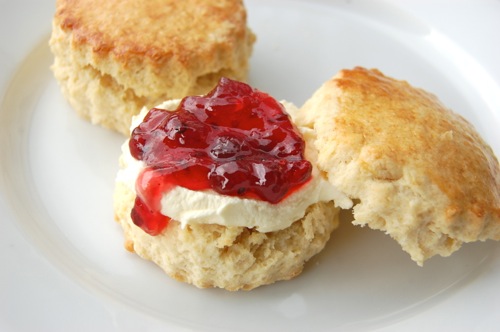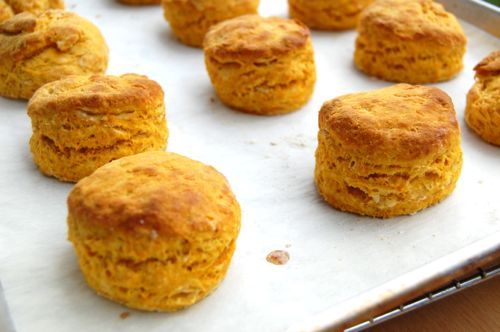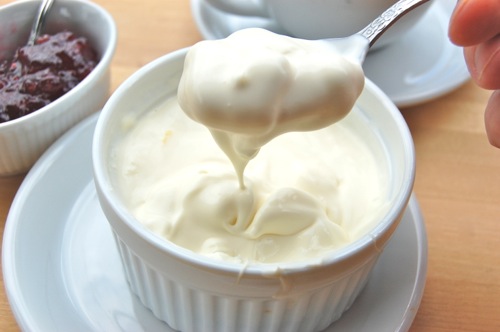Making Cream Scones

Cream scones are the classic compliment to the Devon cream tea. They’re comparable in flavor to an American scone, but smaller, lighter of crumb and above all easier to slather with clotted cream and jam. Though the procedure and ingredients may be similar to American biscuits and/or Australian scones, they’re really their own animal. Try them and you’ll see.
READ ON
